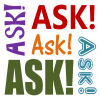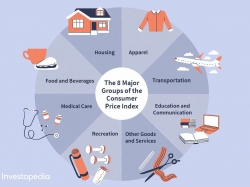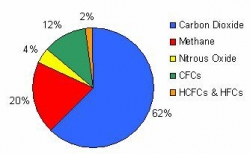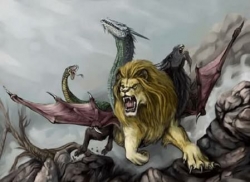
Ask and Answers Registered in Ask me
3 days ago •

Which is the longest river in the world?
The Nile is credited as the longest river in the world. Its main source is Lake Victoria in east central Africa. From its farthest stream in Burundi, it extends 6,695 km (4,160 miles) in length.
The two longest rivers in the world are the Nile, flowing into the Mediterranean, and the Amazon, flowing into the South Atlantic. Which is the longer is more a matter of definition than simple measurement.
#askmenow
Related content

What Is the Consumer Price Index – CPI? The Consumer Price Index (CPI) is a measure that examines the weighted average of prices of a basket of co...
3 days ago

What is the main component of greenhouse gases? Greenhouse gases include water vapor, carbon dioxide, methane, nitrous oxide, and ozone. The major g...
3 days ago

What does the World Economic Forum do? The Forum engages the foremost political, business, cultural and other leaders of society to shape global, reg...
3 days ago

Amazing Facts About the Snake 1.There are over 3000 kinds of snakes in the world. They are present in every continent except Antarctica 2. Snakes ca...
3 days ago

What is Chimera? A chimera is essentially a single organism that's made up of cells from two or more "individuals"—that is, it contains two sets o...
3 days ago